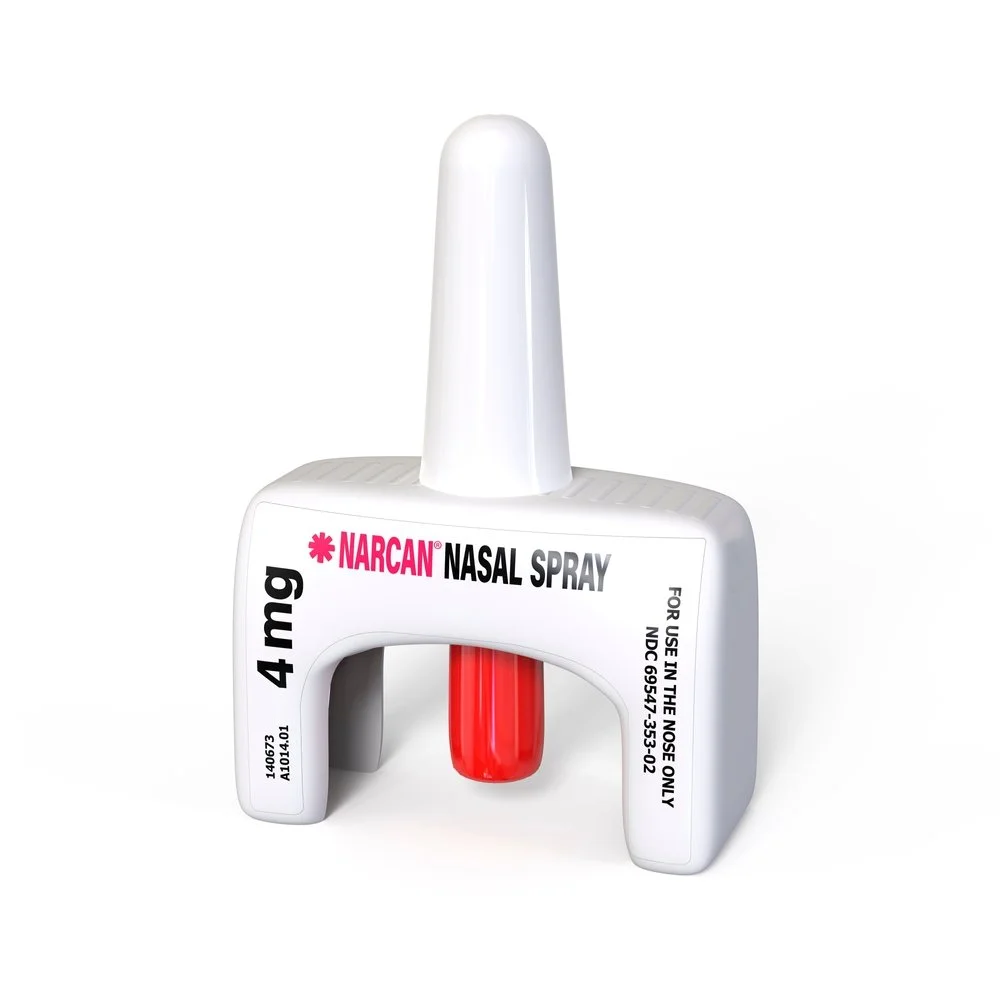Be Prepared to Help Someone Who is Overdosing
Being prepared to help someone who is overdosing can make a critical difference and potentially save a life. Here are steps you can take to be ready:
Learn to Recognize the Signs of an Overdose
Opioid Overdose
Dilated versus pinpoint pupil
Unconsciousness or inability to wake up
Slow, shallow, or no breathing
Snoring or gurgling sounds
Pinpoint pupils or eyes rolled back
Blue or grayish skin, lips, or nails
Limp body, body feels cold
Slow or erratic pulse
Stimulant Overdose
Agitation or restlessness
Rapid heartbeat and high blood pressure
Chest pain
Seizures
High body temperature
Hallucinations or paranoia
Alcohol Overdose
Confusion or stupor
Vomiting
Seizures
Slow or irregular breathing
Hypothermia (low body temperature)
Unconsciousness
Get Trained in Overdose Response
First Aid and CPR Training: Take a first aid and CPR course to learn how to perform basic life support.
Naloxone Training: Learn how to administer naloxone (Narcan) for opioid overdoses. Training is often available through community organizations, pharmacies, and health departments.
Carry Naloxone
Obtain Naloxone (Narcan): Narcan is available without a prescription in many areas. Check with local pharmacies or community programs for access.
Learn How to Use It: Familiarize yourself with how to administer naloxone, whether it’s a nasal spray or injectable form. Keep it readily accessible.
Create an Emergency Plan
Know Emergency Numbers: Have the local emergency number (such as 911) saved in your phone.
Prepare Information: Be ready to provide information to emergency responders, such as the type of substance used, the amount taken, and any relevant medical history of the person overdosing.
Stay Calm and Act Quickly
Call for Help: Dial 911 immediately if you suspect someone is overdosing.
Administer Narcan: If it’s an opioid overdose, administer Narcan. Follow the instructions on the packaging.
Provide Basic Life Support: If the person is not breathing, begin CPR if you are trained to do so. If you are not trained, an emergency operator can guide you through it.
Stay with the Person
Monitor Their Condition: Stay with the person until help arrives. Monitor their breathing and pulse.
Position Safely: If the person is unconscious but breathing, place them in the recovery position (on their side) to keep their airway clear and prevent choking.
Educate Others
Share Knowledge: Inform friends, family, and community members about how to recognize and respond to an overdose.
Encourage Preparedness: Encourage others to carry naloxone and learn basic first aid.
Aftercare
Support Recovery: After the immediate crisis, encourage the person to seek professional help and treatment for substance use disorder.
Follow-Up: Offer support and assistance in accessing resources for recovery and ongoing care.
Being Prepared to Save a Life
Being prepared to help someone who is overdosing involves education, training, carrying naloxone, and having an emergency plan. By taking these steps, you can be ready to act quickly and effectively in an overdose situation, potentially saving a life.





